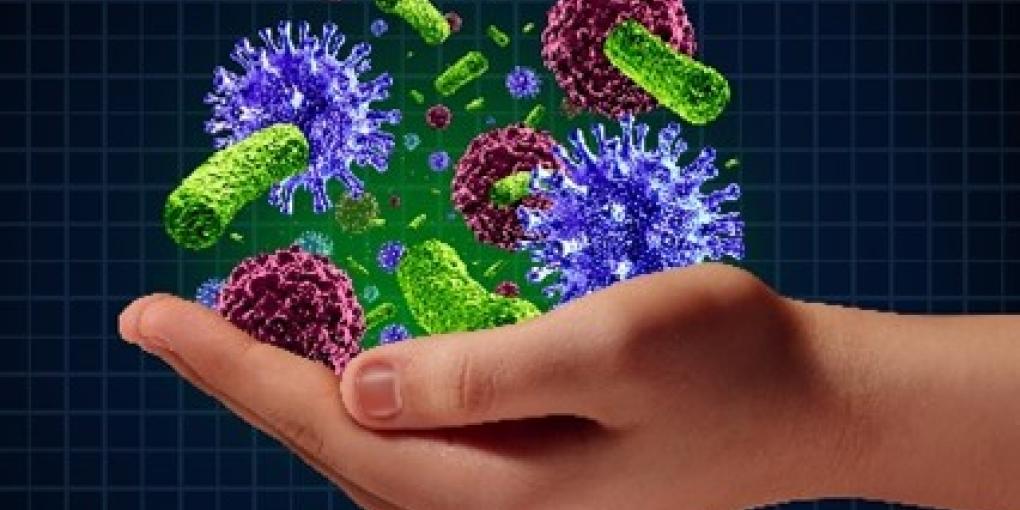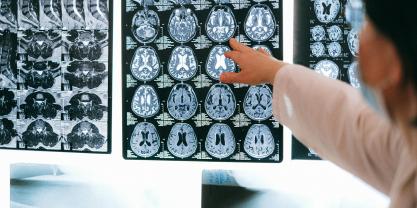Oral, Vaginal, and Stool Microbial Signatures in Patients With Endometriosis as Potential Diagnostic Non-Invasive Biomarkers

Microbiomes can be helpful or harmful, playing important and dynamic roles in the development and regulation of numerous physiological pathways of their host.
Endometriosis, a complex and chronic inflammatory disease in women, has been shown by many studies to be associated with distinct microbial communities different to those of women without endometriosis. However, this has typically been investigated from a single body site. The role of the microbiome in the development of endometriosis is unknown.
In a new study, Hicks et al (2024) aimed to identify a microbial signature specific to endometriosis by assessing the taxonomic and compositional differences between the microbiota in the mouth, gut and, vagina of patients with and without endometriosis and healthy controls.
The Ramaciotti Centre’s Amplicon team were given samples of DNA extracted from the patient swabs. We performed Illumina 16S Metagenomic Sequencing Library Preparation, amplifying the V3–V4 hypervariable region of the 16S rRNA gene, followed by sequencing on a MiSeq (using the MiSeq v3 reagent kit and a 2 × 300 bp paired-end run).
Using this data, through bioinformatic and statistical analyses the authors identified differentially abundant taxa present within each cohort and between minimal/mild vs. moderate/severe stage endometriosis.
The oral samples of patients with moderate/severe endometriosis were enriched with Fusobacterium – a key pathogen of periodontal disease, which is a common comorbidity in endometriosis, and a microbe known to be enriched in the endometrium and endometrial lesions of those with endometriosis. The role of this microbiome member in host inflammation is unknown and intriguing.
This study supports the potential for development of a non-invasive microbial-based diagnostic biomarker for endometriosis, as an alternative to the current surgery-based diagnosis.
Access the publication here.
Hicks, C., Leonardi, M., Chua, X. Y., Mari‐Breedt, L., Espanda, M., El‐Omar, E. M., ... & El‐Assaad, F. (2024). Oral, Vaginal, and Stool Microbial Signatures in Patients With Endometriosis as Potential Diagnostic Non‐Invasive Biomarkers: A Prospective Cohort Study. BJOG: An International Journal of Obstetrics & Gynaecology.
News article written by Dr Christie Foster



